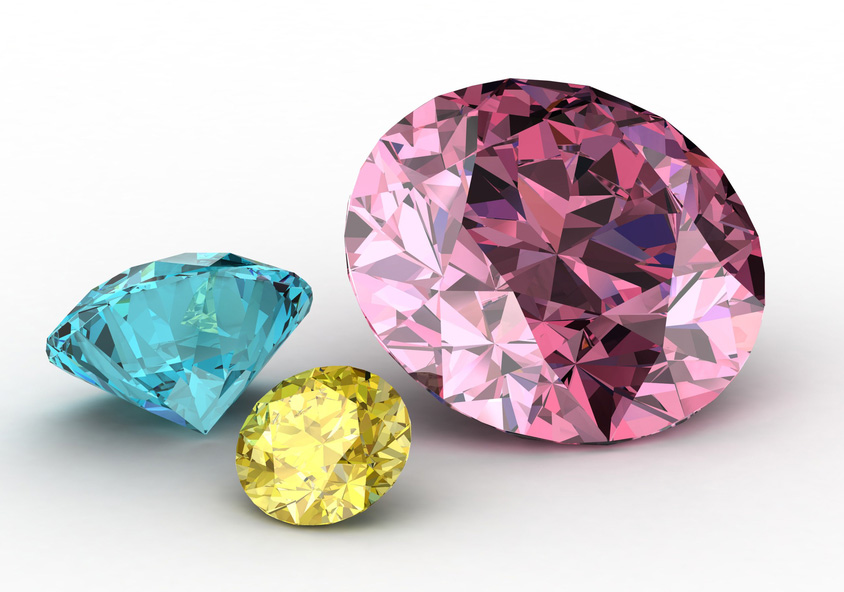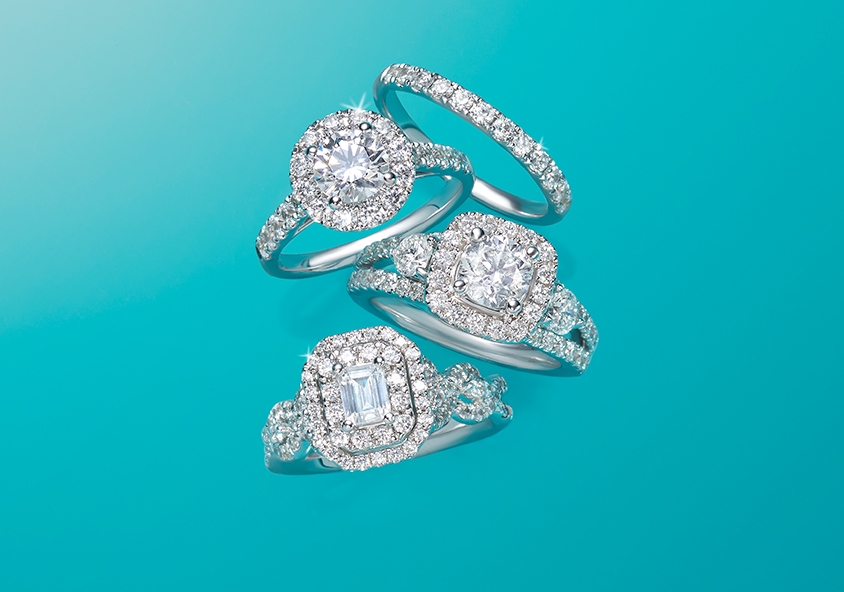Diamond Color
Natural and lab-created diamonds are both available in a range of different colors. Because diamonds are formed by the earth, they often take on brown, yellow, or grey hints from the natural elements they come into contact with. Not to be confused with colored diamonds that can be any color of the rainbow, the color in the 4Cs refers to the natural hue, tone, and saturation of white or colorless stones.
It’s important to know the color grade of your diamond, so you can choose the metal and accent stones that complement instead of clash with it. Here’s what you need to know to understand how color factors into the value of white diamonds.
It’s important to know the color grade of your diamond, so you can choose the metal and accent stones that complement instead of clash with it. Here’s what you need to know to understand how color factors into the value of white diamonds.
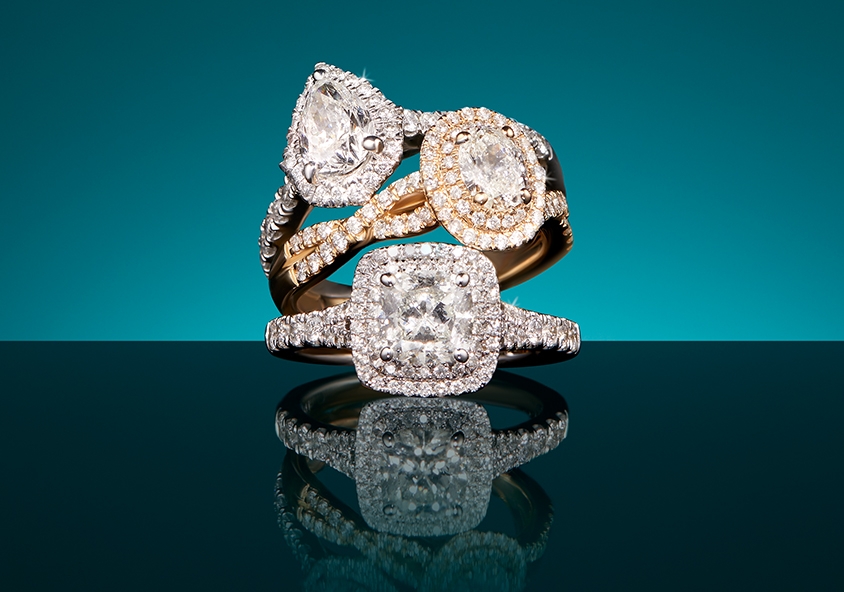
Diamond Color and Price
The market has traditionally valued white diamonds higher than others, and the grading scale offers five groups of 23 letters to reflect that. Basically, the lower the color grade, the lower the price of the diamond. This can also fluctuate based on the other 4Cs and how they work together as a unit.
Keep in mind that a D grade diamond may be technically the purest, but it might not necessarily be the best choice for your piece of jewelry. For example, a D grade diamond pairs best with platinum and white gold because the stone is clear enough that the color of the metal will come through the stone. If your heart is set on rose gold or yellow gold, a diamond with a lower color grade may be a better choice.
Keep in mind that a D grade diamond may be technically the purest, but it might not necessarily be the best choice for your piece of jewelry. For example, a D grade diamond pairs best with platinum and white gold because the stone is clear enough that the color of the metal will come through the stone. If your heart is set on rose gold or yellow gold, a diamond with a lower color grade may be a better choice.
Color Grading Scale
The color of a diamond is determined by placing the stone on a pure white background and evaluating how the color compares. The grading scale is from D to Z, with D being the highest and Z the lowest. Here’s a general range of diamond color quality grades.
| | Grade | Description |
|---|---|---|
 |
D | Top of the scale — colorless, rarest and most expensive |
 |
G | Near colorless |
 |
I | Still appears white, but more affordable |
 |
J | Human eye begins to detect a yellow tint |
 |
Z | Unmistakably yellow in color |
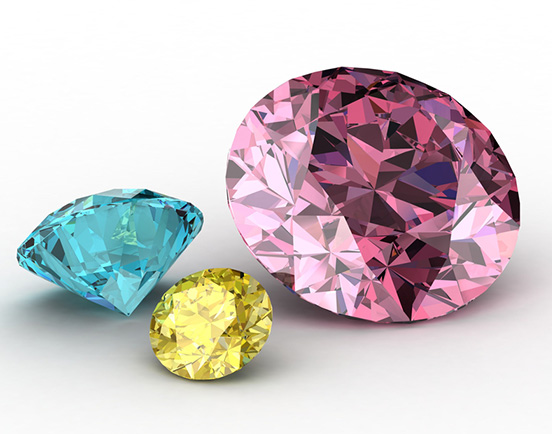
Fancy-Colored Diamonds
Not all diamonds are white or colorless. Certified fancy-colored diamonds can be just about any color you can imagine. Fancy-colored diamonds are still evaluated by the 4Cs, but with different standards than colorless diamonds. For example, while white diamonds are valued for having as little color as possible, colored diamonds are rarer and more valuable in deeper, vivid colors.
Colored diamonds can be used as the focal point in a piece of jewelry or as accent stones to complement a colorless diamond. Like any diamond, it’s important to choose the right metal to go along with a colored stone and consider each of the 4Cs individually and collectively. If you’re interested in learning more, our colored diamonds guide has all the details on identifying and shopping for these unique and sought-after stones.
Colored diamonds can be used as the focal point in a piece of jewelry or as accent stones to complement a colorless diamond. Like any diamond, it’s important to choose the right metal to go along with a colored stone and consider each of the 4Cs individually and collectively. If you’re interested in learning more, our colored diamonds guide has all the details on identifying and shopping for these unique and sought-after stones.
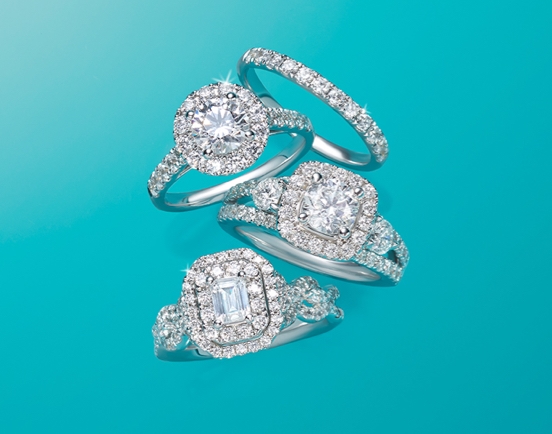


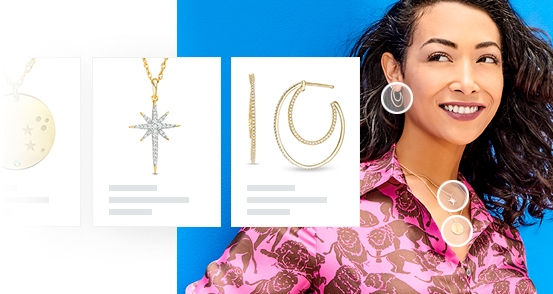
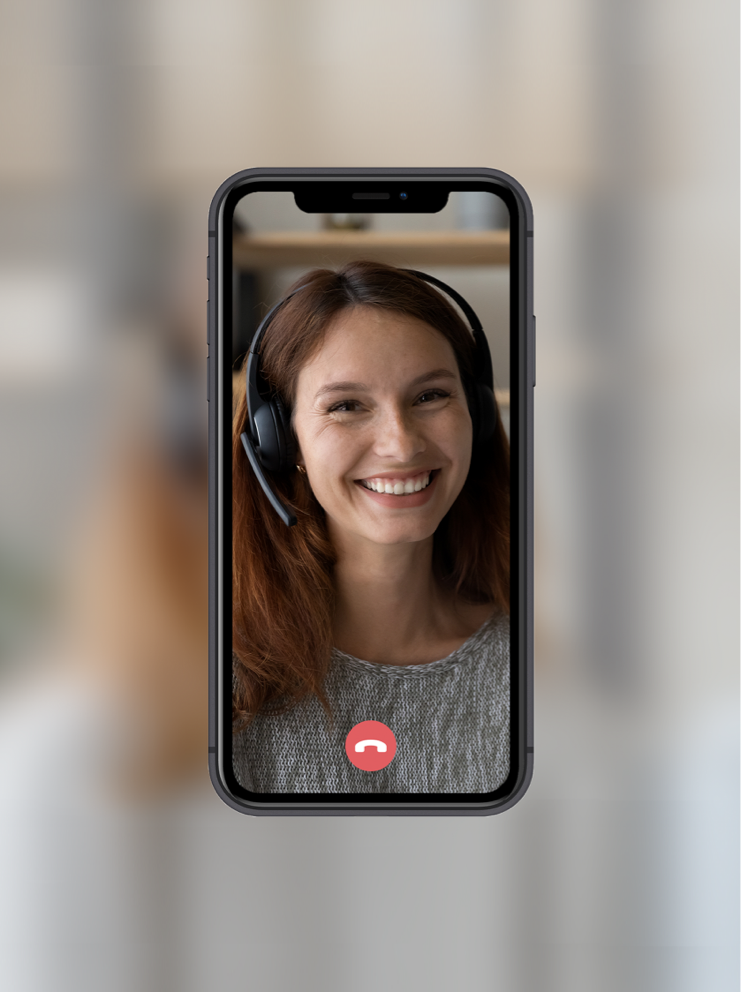

 They will be on video but won't see you.
They will be on video but won't see you. Make sure to enable your mic if prompted.
Make sure to enable your mic if prompted. Language:
Language:

